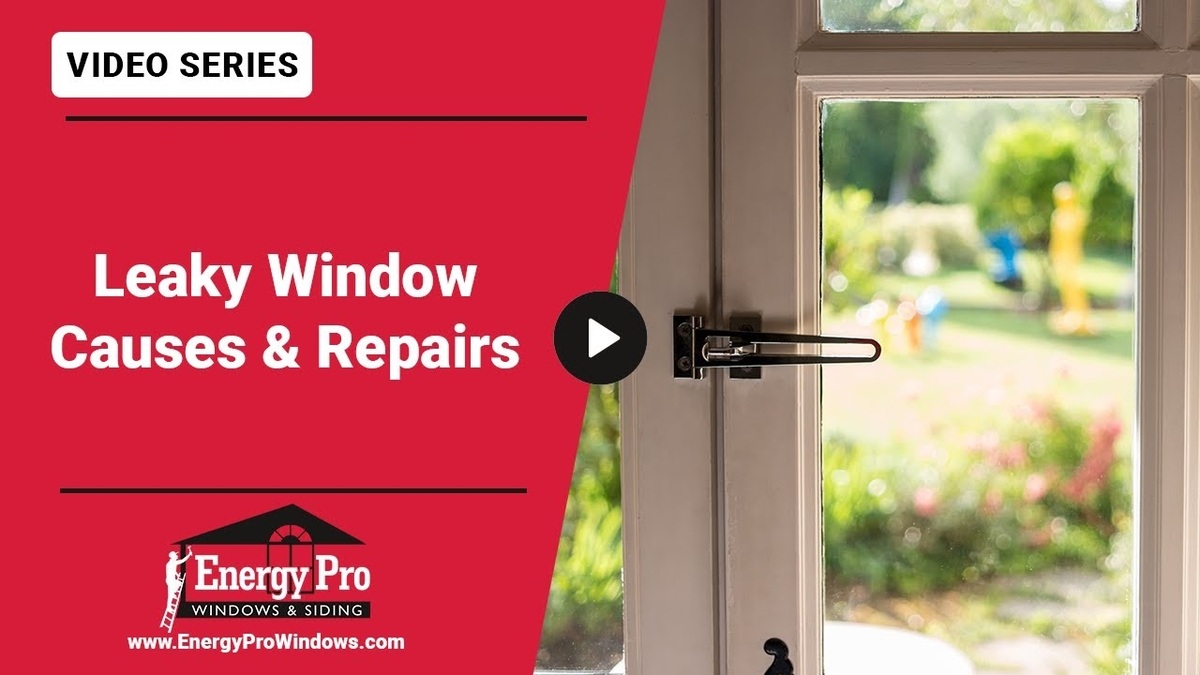Measuring for new siding is a crucial step in enhancing your home’s exterior, ensuring the transformation aligns perfectly with your vision. This guide streamlines the process, providing clear and straightforward steps to accurately determine the required amount of siding, simplifying what could otherwise be a complex task.
How is Siding Measured?
Siding is typically sold by the square, with each square covering 100 square feet (10 feet by 10 feet). This is similar to how roofing materials are sold. Here’s a step-by-step guide to help you calculate the amount of siding required for your home:
Measure Your Home’s Exterior
Start by measuring the total exterior surface area of your home. Measure the height and width of each wall, then multiply these figures to get the square footage of each section. Add these figures together to get the total exterior surface area.
Divide by 100 to Determine Squares
Once you have the total square footage, divide this number by 100. This will give you the total number of squares of siding you need. For example, if your home has 2,000 square feet of exterior wall space, you would need 20 squares of siding.
Account for Doors and Windows
Subtract the square footage of doors and windows from your total. These areas won’t need siding, so they should be excluded from your calculations.
Comparing Different Siding Materials
1. Vinyl Siding
Vinyl siding is a popular choice due to its durability and environmental benefits. Many vinyl products on the market include a portion of recycled material, making them a more eco-friendly option. Additionally, vinyl can last for many years, providing long-term value for homeowners.
Benefits
Vinyl siding is often partially made from recycled materials, reducing the environmental impact. Choosing vinyl can contribute to sustainability efforts while ensuring your home remains protected from the elements.
2. Transition from Copper to PVC
As a contractor, we recall the days when copper piping was the standard. However, with the advent of PVC and PEX piping, the industry has seen a significant shift. This transition is similar to the evolution of siding materials.
Benefits
PVC and PEX piping provide several advantages, including a lower freeze rating which reduces the risk of pipes freezing in winter, and these materials are more durable when buried underground, resisting deterioration over time. Similarly, modern siding materials like fiberboard cement harness these benefits by offering enhanced durability and resistance to environmental factors. Fiberboard cement, for example, can withstand pests, extreme weather, and even fire, making it an excellent choice for homeowners looking for robust and long-lasting building solutions.
3. Fiberboard Cement Siding
Fiberboard cement siding is made from a concrete-based material, providing exceptional durability. This type of siding is resistant to pests, weather, and fire, making it a robust option for any home.
Benefits
Fiberboard cement is not only resistant to damage from pests such as squirrels and woodpeckers but also excels in withstanding harsh weather conditions, ensuring year-round protection for your home. Additionally, if you have a grill or an outdoor fire feature, this siding offers an extra layer of safety, as it is less likely to ignite, providing homeowners with added peace of mind.
4. Composite Siding
Composite siding materials take vinyl to the next level. These solid composite materials are often made from PVC and include recycled components. They come with lifetime warranties and are designed to be practically bulletproof.
Benefits
Composite siding offers unparalleled durability, often accompanied by lifetime warranties, which means you’ll likely never need to replace your siding again, making it a cost-effective and long-lasting solution. Similarly, like vinyl, composite siding often includes recycled materials, contributing to environmental sustainability. Choosing composite siding not only protects your home but also supports eco-friendly practices, helping to lessen the environmental impact.
In Summary
Calculating how much siding you need involves measuring your home’s exterior, understanding the different materials available, and considering their benefits. Vinyl, fiberboard cement, and composite materials each offer unique advantages, from environmental benefits to enhanced durability and fire resistance.
For the best results and personalized advice, contact us today. Our experts are here to help you make the best choice for your home.



